In recent times mindfulness has become a mainstream way of managing stress and obtaining greater happiness from life, but how can mindfulness be of assistance to the equestrian? Mindfulness has an abundance of ways to help horses and humans reach their goals, whilst being present to one another. Our emotions can be easily activated when we engage with our equine partners and mindfulness is a scientifically proven modality to reduce stress and restore harmony.
Mindfulness can be subdivided into 9 mindful attitude;
The attitudes of mindfulness can be cultivated anywhere and especially with our horses.
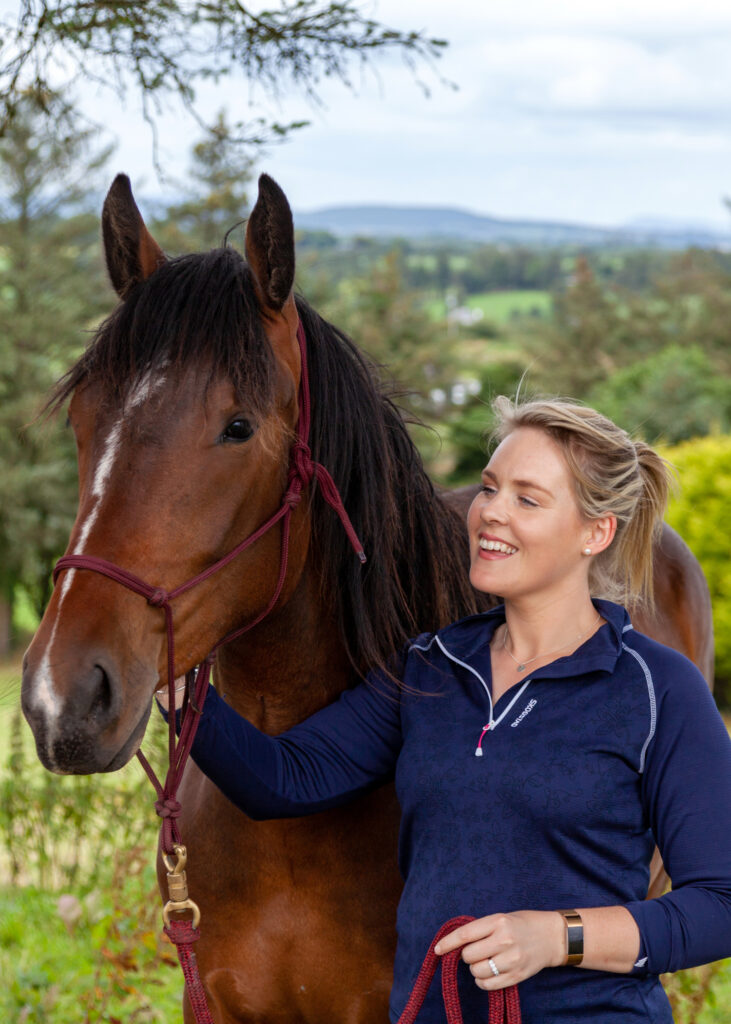
Beginner’s Mind
‘In the beginner’s mind there are many possibilities, in the expert’s mind there are few.’
Shunryu Suzuki (Zen Monk)
As equestrians we build up skills and knowledge over time and although this is very much the goal, as we progress, we can become shut down to new learning and approaches. This can become particularly difficult when someone is considered an expert in their field. When we feel we have mastered something it can leave little room for growth and it can also create a huge sense of pressure to know all the answers and particularly to have the right answers (Rashid, 2016). Within this space we must have compassion for ourselves and be open to new learning and approaches. This openness and compassionate approach also serves as positive role-modelling for clients and fellow professionals.
We do not need to be right all the time, in fact its impossible and imposes an unrealistic ideal upon us. Letting go of absolutes allows us space to investigate what is at play and allows us space to experiment within our practice.
When we were beginners everything was possible and we sought out information from all sources and modalities to enrich our practices, this is something that can be embraced throughout our horsemanship journeys.
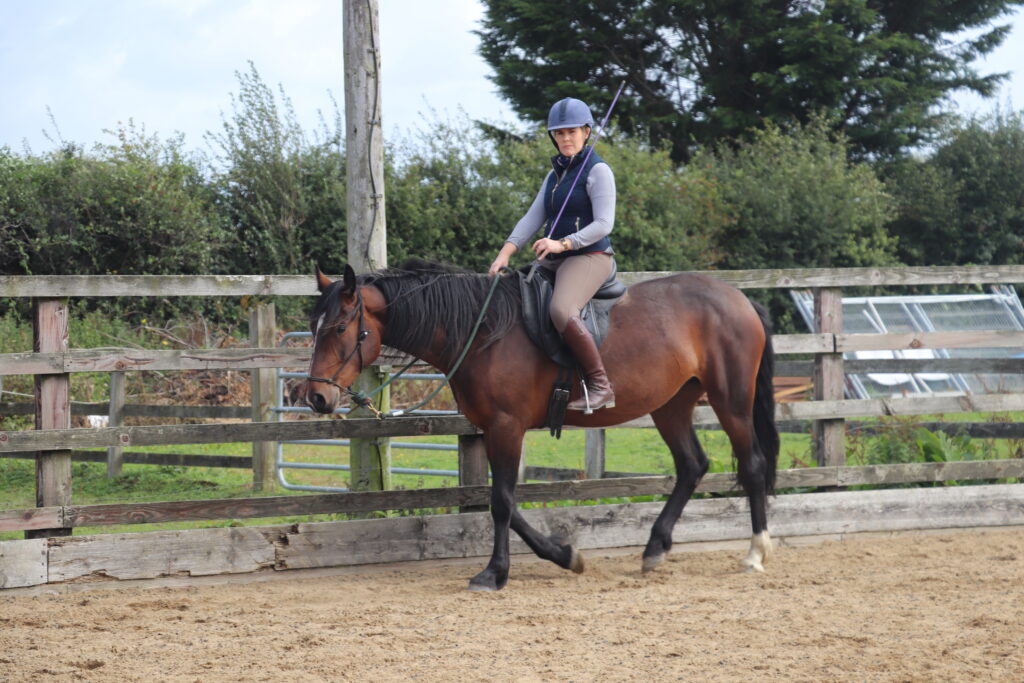
Non-Judging
When we place judgement on something, we lose curiosity and our ability to question what is happening. For example, when we fall out of harmony with our horses we can remain curious and open as to what may be happening within the partnership as opposed to placing a judgement on a behaviour or scenario. Judgement tends to be very black and white and does not allow grey areas to exist, this can be hugely limiting and prevents us from seeing the bigger picture.
Imagine you are riding your horse and he begins to swish his tail and stomp his feet and you instantly think ‘This is typical, there’s always something wrong.’ such a judgement may feel justified but does not promote curiosity, instead we could entertain other possibilities, such as a tack issue, or a stone caught in the horse’s hoof or that the horse needs to find greater harmony within the yields. These may not be the cause or answer but such an attitude causes us to be aware of our constant stream of judgements and allows us to move into a place of greater curiosity, awareness and clarity. This also allows us to develop the enigmatic skill of feel for our horses. Simply put, feel is attunement to ourselves first, our horse second and thirdly the environment we exist in. Mindfulness is a most effective way of developing such attunement.
A non-judging attitude does not mean that we never pass judgement, but what it does mean is that we raise our awareness to the amount of judgements we are passing on ourselves and our horses. It is natural for us to judge we are taught this from a young age and it also streamlines our thinking and makes us more efficient thinkers (Kaneman, 2011). We have so many decisions to make on a daily basis we cannot seriously consider every single judgement or decision, so we make quick automatic judgements. These automatic judgements are necessary, but also benefit from being regularly challenged. Constant judgement draws us away from the present moment. The goal of non-judgement is to ‘cultivate discernment’ and awareness within the present moment.
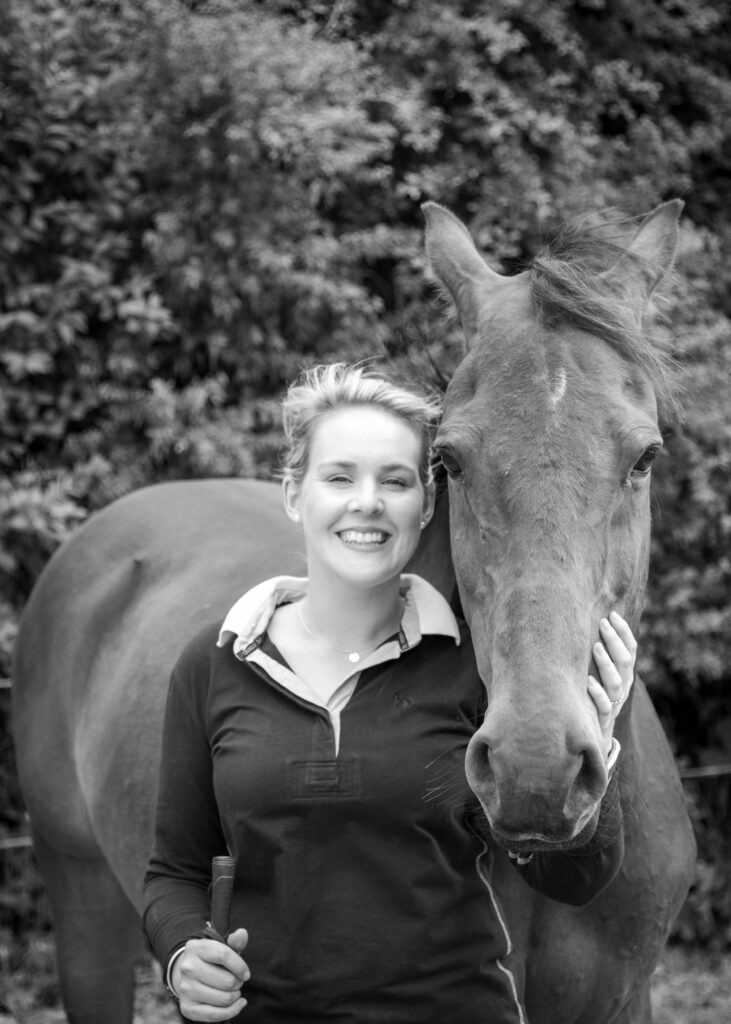
Acceptance
It can be easy for us to accept positives in our lives, but when it comes to more difficult or challenging issues acceptance can be a tall order. I have observed this with myself & clients over & over again. Those who have an acceptance for their situation tend to make more rapid progress. Acceptance does not mean that we are happy or content with a situation, what it does mean is that we accept our current reality, but also believe in our own innate power to change the situation.
This is regularly seen with confidence issues; the person desperately wants to become more confident with their horse and can find it difficult to accept their reality. When we lack acceptance, we fall into the trap of forcing things to be the way they are not.
I have also lived this in my own horsemanship journey after I sustained serious injuries from a riding accident I suffered from a huge lack of confidence and desperately wanted to get back to my confidence levels before the accident, however my lack of acceptance of my situation was causing huge turmoil within myself and was stunting my progress. When I learned to accept my situation and also acknowledge it was not where I wanted to be, I actually started to make progress.
Acceptance is not resignation.
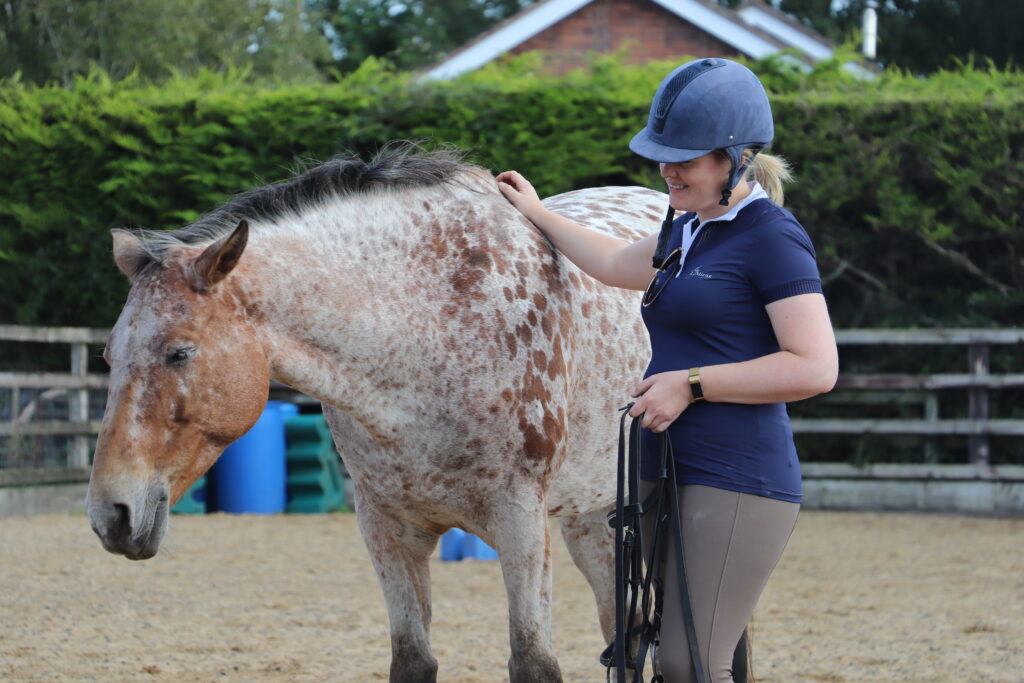
Letting Go
The art of letting go is a lifelong endeavour and one equestrians are faced with on a daily basis. Horses age, get injured, pass away and face a whole host of difficulties that challenge us as humans to let go of what we wanted or believe was meant to be. This can be very painful, but much like the other mindful attitudes it allows us space for new growth and learning when we embrace it.
After my own accident I was very attached to the way I wanted things to be. I wanted everything to go back to the way it was before which is understandable, but impossible. Now with the benefit of hindsight, time and distance I see that I had to let go of how I wanted my life with horses to be, new learning and possibilities were being sent my way, but to truly accept a new chapter I had to release my grasp on how I wanted things to be. Much like our breath we must release it to make room for the next breath (Kabat-Zinn, 2013).
A useful breath work practice that helps us to accept and let go of troubling emotions is to inhale deeply, hold the breath for as long as is comfortable and follow with a long exaggerated exhale waiting for the shoulders and torso to drop. This is a very simple practice, but one that can really assist troubling emotions and feelings to leave the body. The more regularly this is practiced the more helpful it is when faced with a challenge.
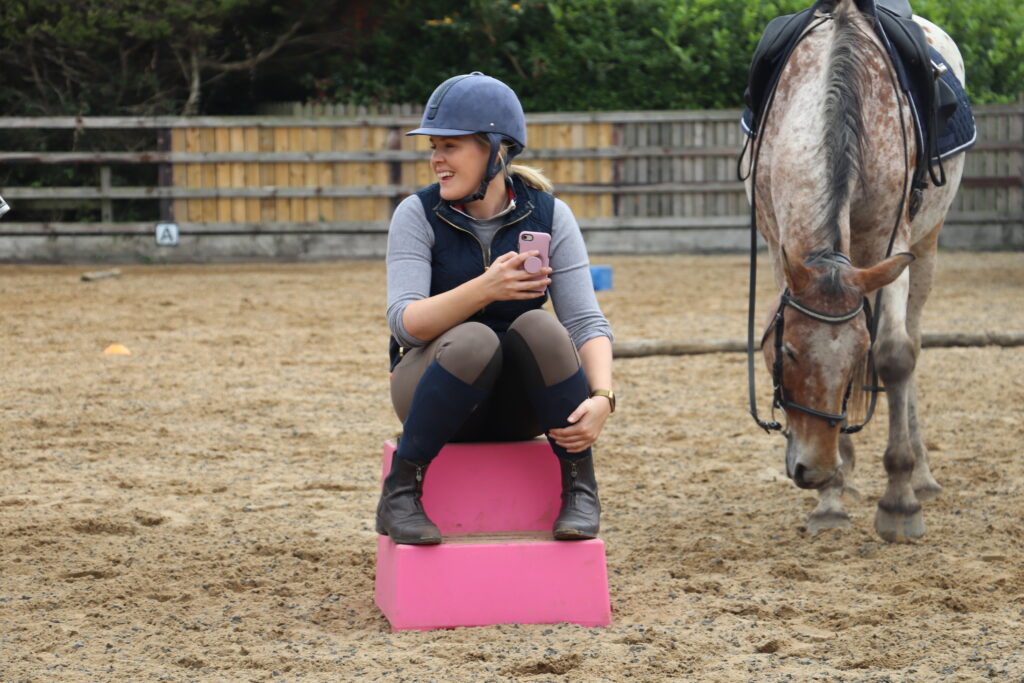
Conclusion
Mindful attitudes are simple to understand, but can be challenging to practice. Awareness of each attitude can aid us in manifesting change and happiness within ourselves and our equine partnerships.
Furthermore, our horses are sentient being that feel our energy and intention, when we experience greater harmony within ourselves this translates to the relationship with our horses.
In the next issues we will look at the remaining five attitudes.
References
Kabat – Zinn, J., (2013) ‘Full Catastrophe Living: Using the Wisdom of Your Body and Mind to Face Stress, Pain, and Illness.’ Bantam Books, New York.
Kahneman, D. (2011) ‘Thinking Fast and Slow’ Penguin Books. London.Rashid, M. (2016) ‘Finding the Missed Path – The Art of Restarting Horses’ Trafalgar Square Books. London.
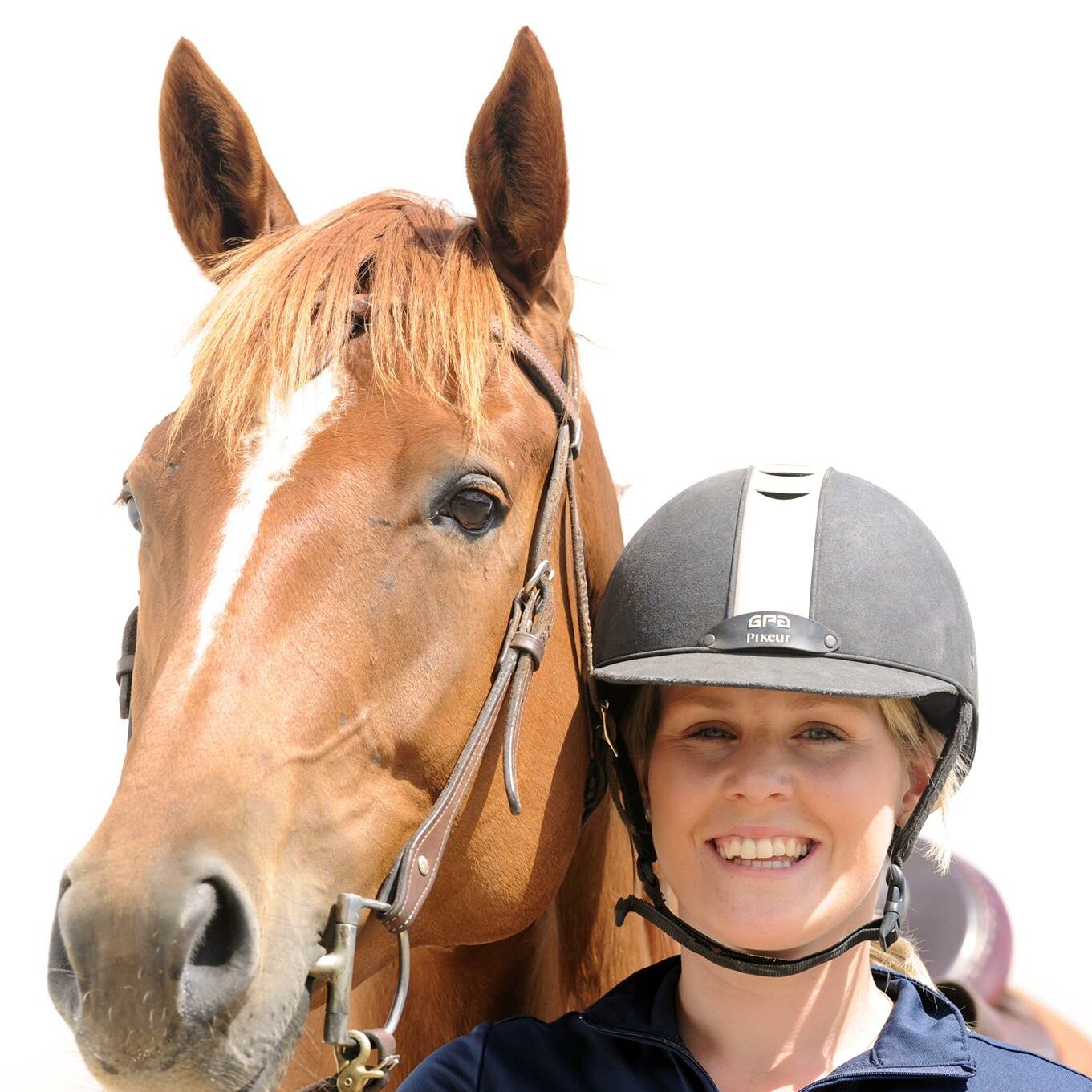

Share
Your subscription is 100% Free for our first year, No credit card details required.

The Judging Concerns That Keep Coming Back — And Why They Can’t Be Ignored Anymore We didn’t make it to
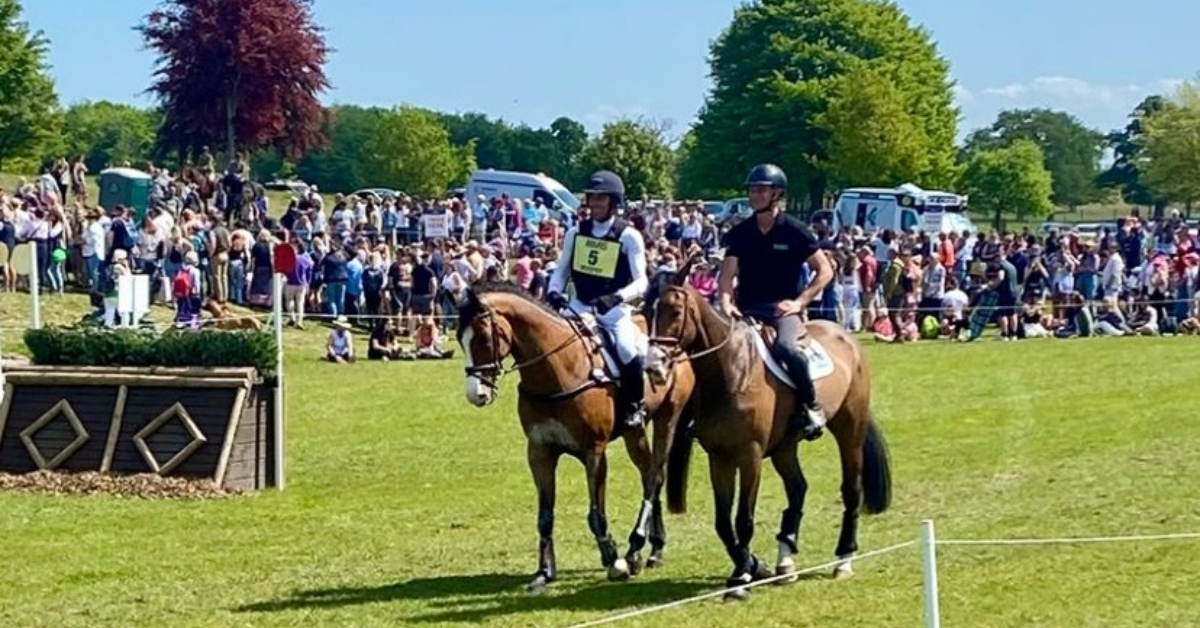
There are few sporting events that live up to the hype. Wimbledon? Too many strawberries. Cheltenham? Too many suits. But

British Veterinary Association publishes full response to Competition and Markets Authority’s proposed remedies for veterinary market for household pets. The